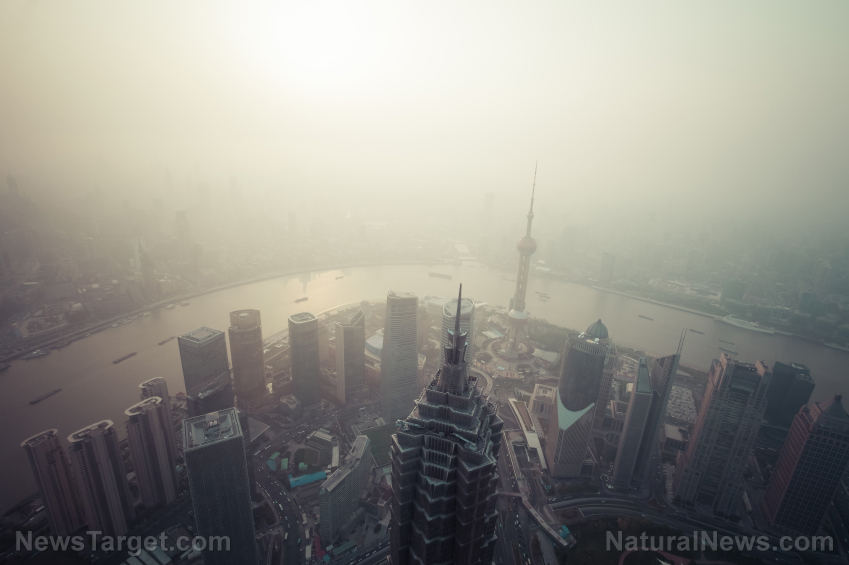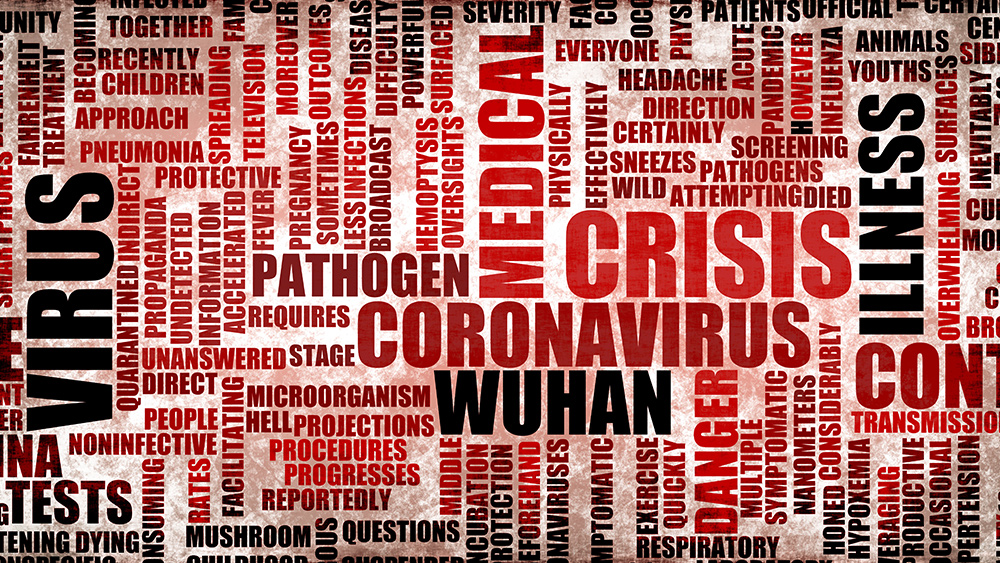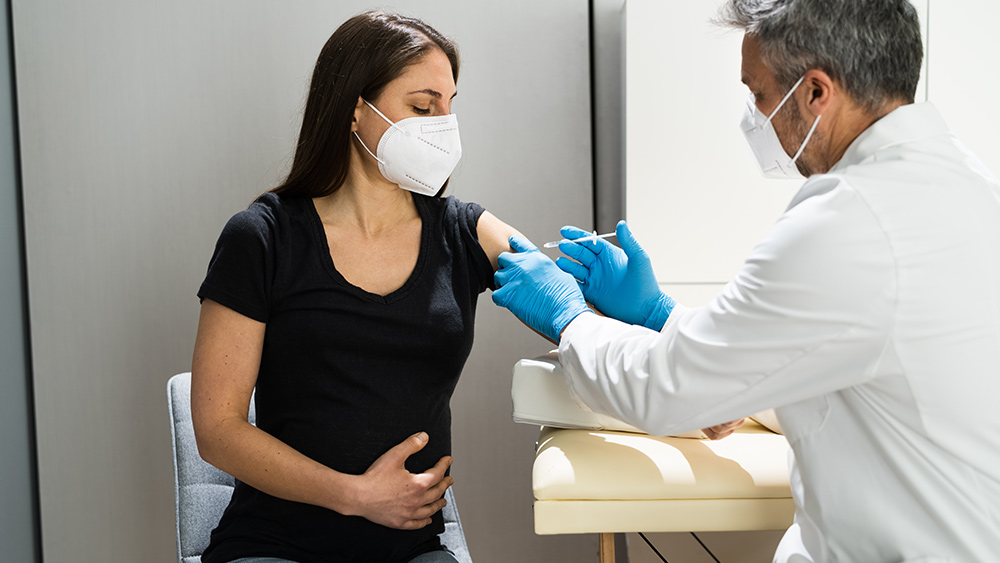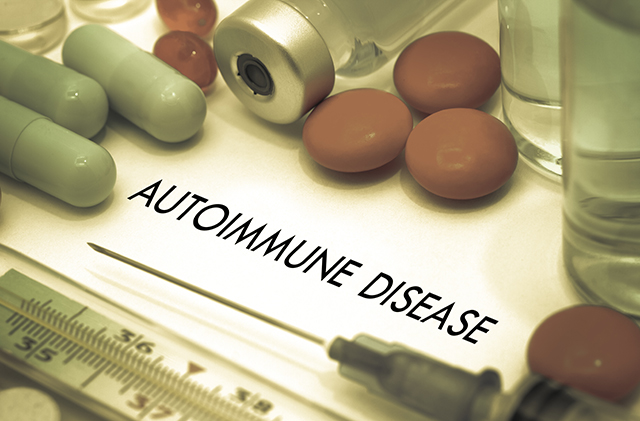Study: People living in highly polluted areas have a higher chance of dying from coronavirus
11/15/2020 / By Ramon Tomey

A new study reveals that people who live in highly polluted areas are more likely to die from COVID-19, the disease caused by the Wuhan coronavirus. Researchers from Harvard University looked at the impact of particles less than 2.5 micrometers in size (PM2.5) from various sources, such as vehicle exhausts, on COVID-19 health outcomes. According to their findings, which appeared in the journal Science Advances, even a small increase of one microgram per cubic meter (mcg/m3) in PM2.5 levels can raise the risk of death from COVID-19 by 11 percent.
Using data collated by Johns Hopkins University and a combination of atmospheric readings and computer models, the researchers gathered information on COVID-19 cases and deaths and air pollution levels from April 18 to June 18, 2020. The data belonged to more than 3,000 counties in the U.S., which accounted for 98 percent of the American population.
Data analysis revealed that PM2.5 levels across America varied dramatically. While some regions had almost none, others – mostly around major cities – appeared to be hotspots, with PM2.5 levels exceeding 12 mcg/m3. The researchers defined high pollution as PM2.5 levels above 13 mcg/m3, which is higher than the U.S. average of 8.4 mcg/m3. In comparison, the World Health Organization (WHO) recommends a safe limit of 10 mcg/m3 for the annual mean.
According to Harvard University professor Francesca Dominici, one of the study authors: “If we take two geographical areas that are very similar to each other, but one has experienced a higher level of air pollution … than the other area, then the more polluted area will experience a higher level of COVID-19 mortality.”
Dominici and her team submitted their findings for peer review in April; back then, they only saw an eight percent increase in COVID-19 mortality risk with respect to an incremental increase in PM2.5 levels. Later, they included more data in their analysis and found that the risk goes up to 11 percent.
PM2.5 levels in the air have a significant influence on COVID-19 outcomes
While the study does not fully explain how air pollution is linked to higher COVID-19 mortality rates, the authors hypothesized that chronic exposure to PM2.5 causes an overexpression of the angiotensin-converting enzyme 2 (ACE-2) receptor in the alveoli (air sacs) and impairs the body’s defenses. The ACE-2 receptor is reported to be the binding site of the coronavirus’s spike protein and is the reason why the virus can gain entry into its target cells. Because of its role in infection, overexpression of the ACE-2 receptor is bad news for the body.
“This could cause a more severe form of COVID-19 in ACE-2-depleted lungs, increasing the likelihood of poor outcomes, including death,” the researchers explained.
Meanwhile, University of Edinburgh’s Dr. Mark Miller, who was not involved in the study, commented that the levels of air pollution reported in the study were fairly modest. He added: “These findings highlight a link that urgently needs further study to understand if this increased risk is a direct result of air pollution and if so, how this occurs.”
Miller further remarked that the link between COVID-19 mortality and particulate matter levels could have serious consequences for people who are already very vulnerable to the detrimental effects of air pollution, such as those with heart disease.
During the early days of the pandemic, air pollution levels worldwide dropped after government-mandated lockdowns banned travel. China is one of the nations that saw a huge reduction in air pollution levels following lockdown orders. Much of the country went into quarantine at the start of February. (Related: Air quality in India is IMPROVING after nationwide lockdown.)
An April 2020 study also analyzed the air quality in dozens of Chinese cities during the lockdown and found that PM2.5 levels dropped by up to 17 percent. The study authors said the drop in pollution “could potentially bring about massive health benefits,” and added that sustaining low PM2.5 levels could save up to 36,000 lives a month.
Find out more about the ongoing pandemic at Pandemic.news.
Sources include:
Submit a correction >>
Tagged Under:
ACE-2 receptor, covid-19, COVID-19 deaths, environment, Fatalities, infections, infectious disease, outbreak, pandemic, particulate matter, PM2.5, research, viral infection, Wuhan coronavirus
This article may contain statements that reflect the opinion of the author




















